How to properly insulate an apartment?
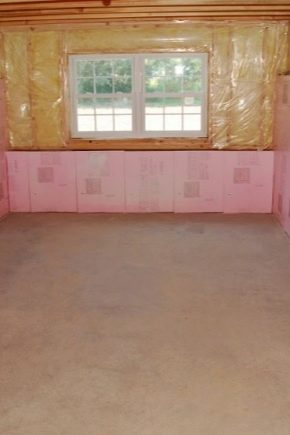
Additional insulation of apartments is usually used in panel multi-storey buildings. Thin partitions are not able to prevent heat loss, which leads to an increase in the load on heating systems, the need to search for alternative heat sources (heaters, heat guns, etc.). This, in turn, causes an unfavorable indoor climate (excessively dry air) and increases utility costs.

Peculiarities
Thermal insulation of a room from the inside is in many ways inferior to thermal insulation from the outside. However, when it comes to isolating an apartment in a high-rise building, there is no choice.
With thermal insulation of apartments from the inside, it will not be possible to completely avoid heat losses, they will in any case be about 8-15%. This is because a wall that is not insulated from the outside will not accumulate heat. Moreover, such a wall surface, cut off from the heated room by a heat-insulating layer, will freeze harder and faster.
An important point will be the correct calculation of the "dew point", that is, the boundaries of the transition of water vapor into a liquid state (water particles). Ideally, the "dew point" should be carried out on the surface of the insulation, but this is possible only with external thermal insulation.
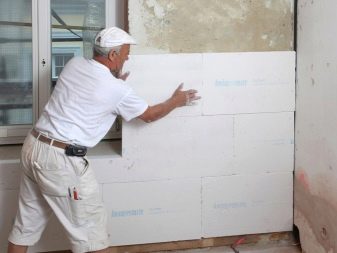

To avoid the accumulation of condensate and the appearance of mold on the inner surface of the walls, careful adherence to the technology of thermal insulation will help, first of all, the installation of a vapor barrier layer.
It is worth noting that the process of wall insulation from the inside is much more laborious and technologically complex in comparison with similar works on external walls.
Subtle mistakes can lead to the fact that the microclimate in the room will deteriorate, and the walls will freeze through, which will negatively affect their condition and the appearance and durability of finishing materials.
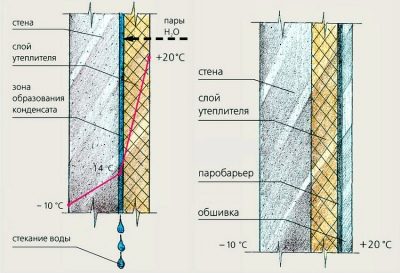
Warming a room from the inside requires high-quality ventilation. A standard supply system will not be enough; it is necessary to install a forced air circulation system or install window frames with a valve system, thanks to which the air will move in the room.
When choosing and calculating the thickness of the insulation, one should take into account the material of the walls, the indicators of heat loss, the area of the room. When laying tile insulation between insulation elements, it is possible to maintain small gaps - "cold bridges". The latter also appear in the places where the floor and walls, walls and partitions meet. In the process of work, these areas should be given special attention. Usually, they resort to internal insulation if it is not possible to insulate the facade.
In addition, the insulation of the room from the inside often acts as a supplement to the external thermal insulation.
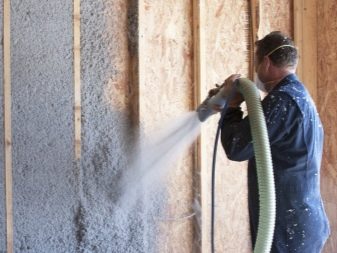
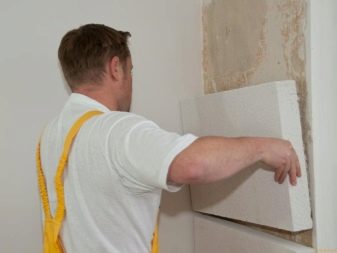
Materials (edit)
The modern market offers many types of insulation, each of which has characteristic advantages and disadvantages. Let's consider the most popular of them and find out if they are suitable for internal insulation.
Mineral wool
Mineral wool heaters are considered the leader among thermal insulation materials. They are the finest fibers arranged in a chaotic manner. Thermal insulation is made possible by air bubbles that accumulate in large volumes between the fibers.
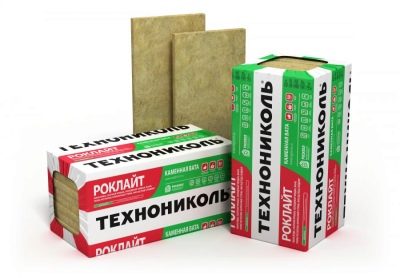
It should be noted right away that there are several types of mineral wool.
- From use slag should be discarded due to its low thermal insulation properties.
- Glass wool not recommended for indoor use, as it emits toxic compounds.
- Only basalt or stone wool... It has good vapor permeability and high moisture resistance. However, in an apartment, the steam will have nowhere to evaporate, so it will transform into water particles and soak the insulation. Naturally, even a slight wetting of the heat-insulating material becomes the reason for the loss of its technical properties. Avoiding such phenomena will allow the correct installation of a reliable waterproofing material.
It is also important to choose the right stone wool. It should have a high density, and its rigidity should be close to expanded polystyrene.
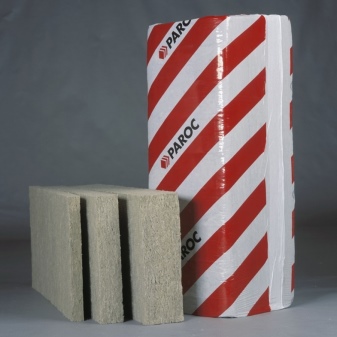
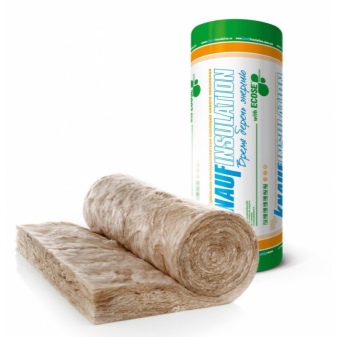
Expanded polystyrene
Since Soviet times, foam or its extruded variety has been widely used for insulation. It should be noted that the latter has a higher thermal conductivity and better water resistance. This material can even be used to insulate a newly built and commissioned house, since polystyrene panels are distinguished by their tensile strength and compression strength. Negative changes in the thermal insulation layer will not follow even if the building shrinks.
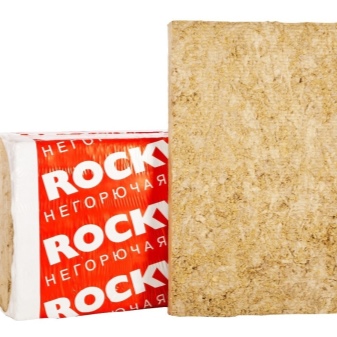

High indicators of moisture resistance of the material make it possible to abandon the organization of a vapor barrier layer. The joints between the boards can be treated with polyurethane foam. By the way, it is suitable as a fixing compound when installing plates. Penetrating into all cracks and air gaps, the polyurethane foam ensures the tightness of the connection between the insulation and the working bases.
The installation process is quite simple - sheets have convenient sizes, and many modern products are equipped with grooves and spikes for easier assembly. If necessary, you can cut the material.
Low weight simplifies and speeds up the installation process, adhesive can be easily applied to smooth surfaces. However, in brick and concrete apartments it is more convenient to attach the material to dowels in the form of fungi. To do this, first, holes are made in the slabs located on the walls, after which fastening systems are inserted into them and the slabs are firmly fixed to the walls.
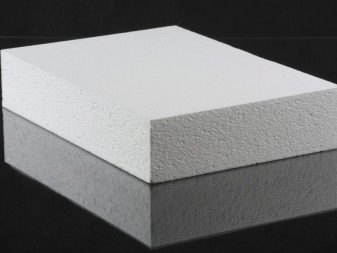

However, if, in addition to thermal insulation, the room needs sound insulation, expanded polystyrene will not work. The sound insulation values of the material are extremely low. In addition, it is flammable. The addition of special components to the raw materials of modern extruded polystyrene foam, of course, slightly increased its fire resistance, but there is no need to talk about the fire safety of the insulation. Another disadvantage is the release of toxins during heating.
Polyurethane foam
Polyurethane foam is a modern effective heat-insulating material. This insulation is a foamed polymer that is sprayed onto wall surfaces using special equipment.
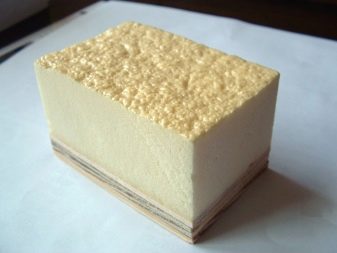
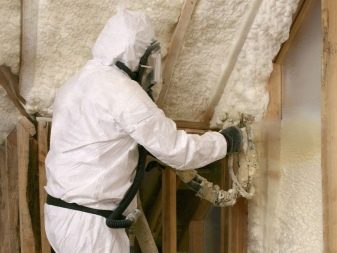
Before spraying, a wooden lathing is attached to the wall, which acts as a guide for the material. Sprayable polyurethane fills the entire surface, including cracks and crevices. In other words, after application, the material is a hermetically sealed monolithic layer, that is, any occurrence of "cold bridges" is excluded.
Another important advantage is the incombustibility of polyurethane foam. Even when exposed to high temperatures, it does not emit toxic compounds.
Insulation is characterized by low thermal conductivity, however, it is impossible to create a completely smooth and even surface. This causes, in turn, the impossibility of contact finishing the heat-insulated wall with plasters, painting it.
However, this problem is easily solved by attaching cladding panels or drywall sheets to the created crate.
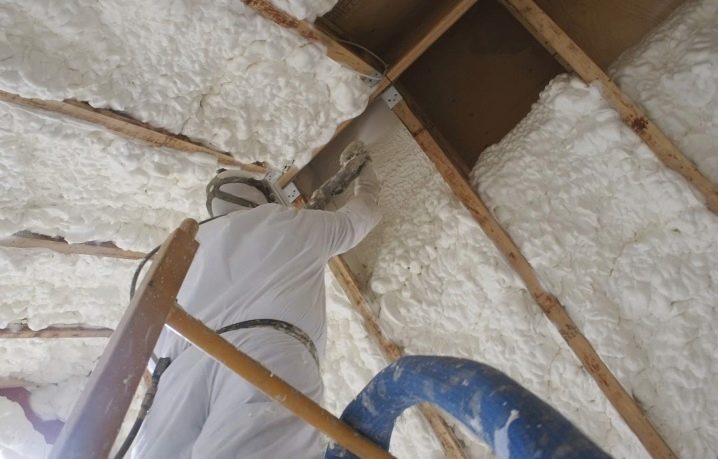
Cork
Another modern insulation suitable for interior decoration is cork rolls and canvases. This ecological material provides not only high-quality thermal insulation, but also sound insulation, and also gives the surfaces an original and noble appearance.
An important point - cork insulation can only be mounted on a smooth and even surface. This can be achieved in most cases by plastering the walls and attaching sheets of drywall to them, on which cork insulation is then glued.
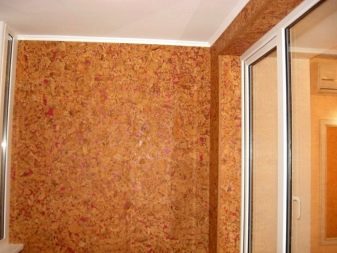

Penofol
Small thickness and high thermal efficiency are characterized by a material based on foamed insulation, equipped with a foil layer on one side. It is called penofol and is supplied in rolls with a thickness of 3-10 mm.
Despite the small thickness (which is also a plus, since the useful area of the room is not concealed during the installation process), the insulation demonstrates improved thermal efficiency. This is due to:
- Structural features of penofol - it consists of the smallest air-filled bubbles, which ensures low thermal conductivity.
- The existing foil layer reflects up to 97% of thermal energy, directing it inside the room.
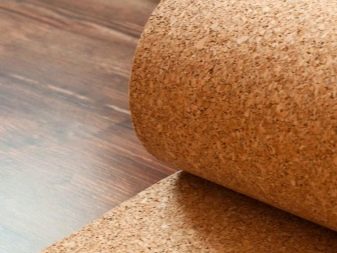

When stacking foam foam rolls end-to-end and gluing the joints with a special aluminum tape, it is possible to prevent the appearance of "cold bridges".
When using the material, the finishing can be any, the main thing is not to glue the wallpaper and do not apply plaster directly to the insulation.
It is not designed for such loads and will collapse over time.
The best option would be to install a wooden or metal lathing on top of a heat-insulating layer., on which the plasterboard sheets are attached. After applying a primer to them, you can fix any finishing materials.

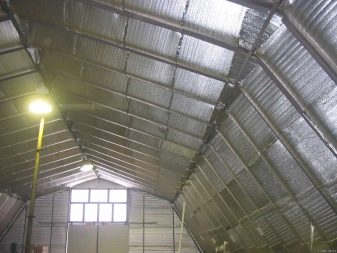
Liquid heaters
A novelty in the field of insulation is liquid thermal insulation materials. They look like paint, which contains microscopic ceramic cavities that reflect heat. The advantage of the method is ease of application (the surface is simply painted over), water resistance. It is fair to say that this method is suitable as an auxiliary thermal insulation, however, a cold wall with this method of processing will become warmer to the touch.
Another advantage is the preservation of the usable floor space.
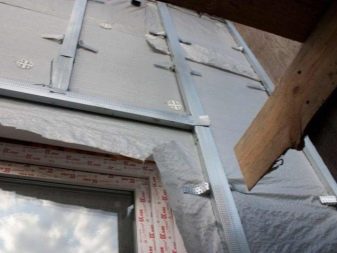
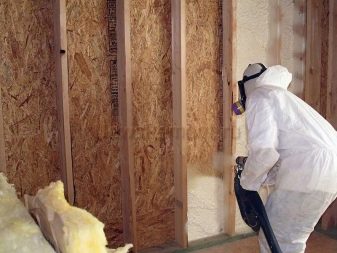
Scope of application
At first glance, to insulate an apartment in an apartment building, it is enough to insulate the walls from the inside. However, this is not the case, since wall coverings are not the only source of heat loss.
- Coldness also comes from the floors. This is especially true for the residents of the first floor. If the floor is screed, polystyrene can be used as insulation. Another relevant solution is the underfloor heating system. Installing a thin foil insulation will help to increase its efficiency and reduce electrical costs, which will prevent heat loss and redirect heat energy back into the room.
- Uninsulated ceiling, especially bordering on an unheated attic space, also causes a lower temperature in the rooms. Ideally, of course, it is better to insulate the ceiling from the side of the attic by updating the expanded clay topping. However, if this cannot be done, then you will have to insulate it from inside the apartment. For this, a 5-cm layer of mineral wool will be enough, the insulation is sewn up with drywall.
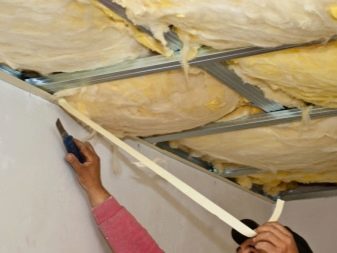
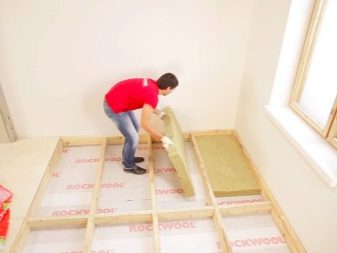
- Residents of a panel house often suffer from cold penetrating through worn interpanel seams - joints between panels of facades of houses. In such a situation, it is rational to contact the housing office with a requirement to update the joints on the street side.At the same time, you can open the corner of the apartment adjacent to the outer wall from the inside to the full height, replace the packing, having previously treated the seam with a hydrophobic. Upon completion of the work, the corner is restored along the reinforcing mesh by means of plaster.
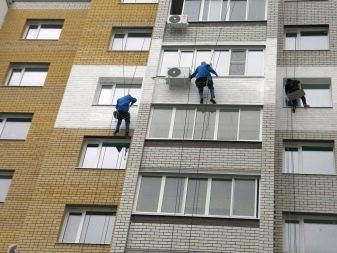
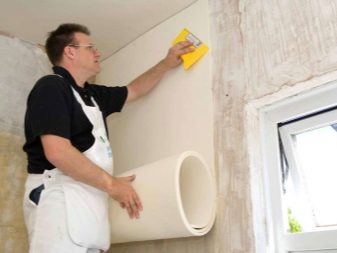
- Insulation is often necessary from the end and drive sides. If you have received permission from the housing office, then it is better to insulate the wall from the side of the entrance. Although this is a fairly rare practice. To insulate the wall adjacent to the staircase, you can use any insulation - mineral wool, expanded polystyrene, polyurethane foam. It is important to make sure that the temperature in the entrance meets the established standards. It is important to have high-quality glazing, properly working heating batteries.
To protect the end wall, a suitable insulation is selected for the budget. In this case, it is also important to check the tightness of the seams between the windows and the wall, to make sure of the reliability of the thermal insulation of the tides.
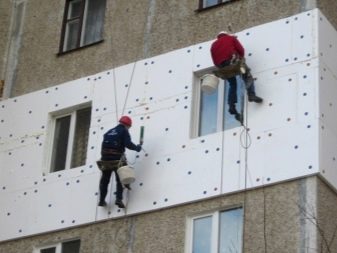

Schemes
Correct insulation of walls inside a building involves the creation of a multi-layer "cake". Its most important element will be a vapor barrier film. It is fixed to the wall with a slight overlap with waterproof tape.
The next point is the choice of a material with good vapor permeability. Ideally, the vapor permeability of the insulation should be lower than the similar characteristics of the material of the outer walls.
In this case, the condensate will be discharged outside, and not inside the apartment.
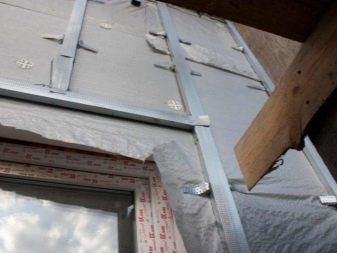
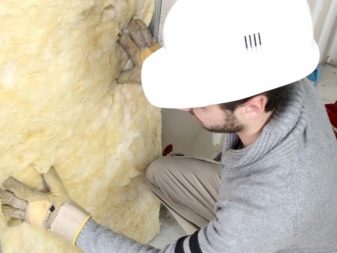
If it is intended to glue sound and heat insulating material to the wall, it is important not to allow air gaps between it and the wall surface. To do this, all existing cracks and irregularities in the wall surface must be eliminated. Apply the glue to the insulation with a notched trowel, firmly pressing the material against the wall.
The correct scheme for insulating a cold wall is as follows - a heat-insulating material is applied to the wall, then - a vapor barrier, after it - a sheathing on which the finishing is attached.
If the area of the room allows, in order to increase the noise and heat insulation of the room, a small air gap is left between the insulation and the casing. In rooms with high air humidity, slightly different methods of insulation are used, for example, the organization of a ventilated gap between the wall and the insulation. Wall insulation in a corner apartment is carried out according to the same schemes.
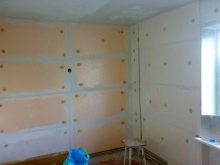
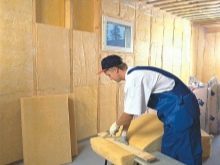
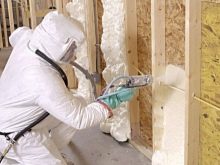
How to do it yourself?
Before insulating an apartment, it is useful to find out the sources of heat loss. To do this, use a thermal imager. It is the places of maximum heat loss that should be insulated in the first place.
Regardless of the type of insulation used, the process of thermal insulation of internal walls has uniform technological requirements and includes the following stages.
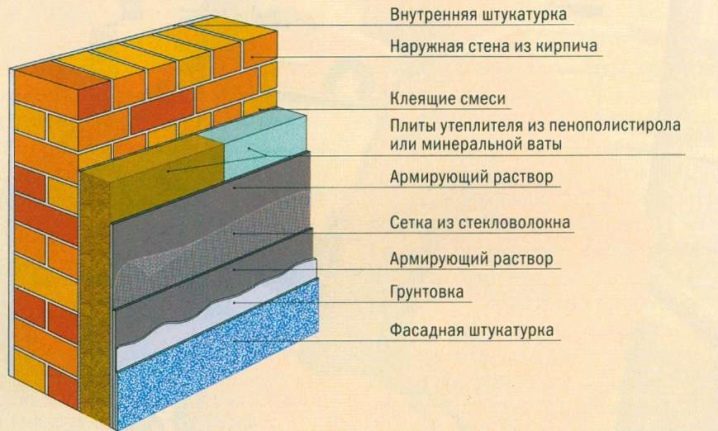
Preparatory work
At this stage, heaters are selected, the required number and thickness are calculated. In addition to thermal insulation materials, you should purchase a vapor barrier film, wooden logs (treated with an antiseptic) or metal profiles (must have anti-corrosion protection) for assembling the battens, as well as drywall, slats, lining or plastic panels for sheathing the battens.
Preparing the walls involves cleaning them from the previous decorative coating. The next step is "restoration" of the wall. It is necessary to eliminate all irregularities, cracks and gaps.
The final stage of the preparatory work is the application of 2-3 layers of primers. Their use provides an antiseptic treatment of the wall and an increase in its adhesion.
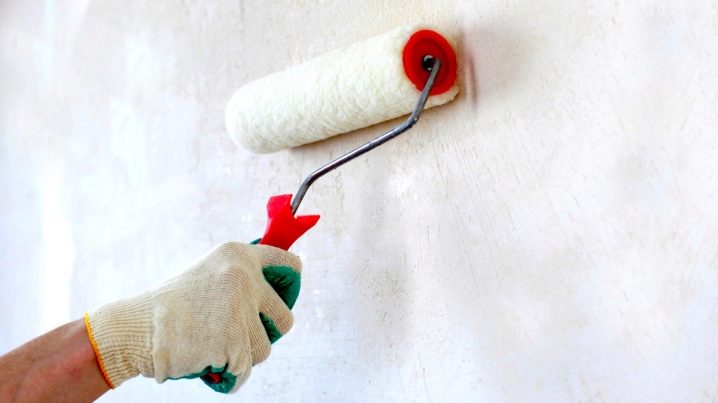
Organization of the ventilation gap
This step should not be neglected, as it protects the wall from moisture penetration.
To create a ventilation gap, wooden slats are attached to the wall, the thickness of which must be at least 2 cm. Installation is carried out in increments of 1 m, fixation - by means of dowels.After that, several air blows are made in the wall to activate the ventilation gap. For this, small gaps with a diameter of about 2 cm are drilled in the walls. A fine metal mesh allows them to be protected from the penetration of debris.
After that, a vapor barrier film is fixed tightly to the crate.
Due to this, ventilation gaps are formed between it and the wall.
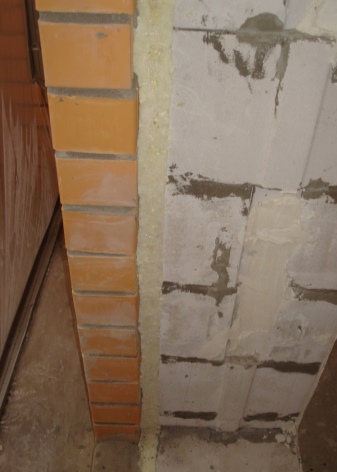

Frame installation
The frame is a system of metal profiles, the pitch of which is equal to the width of the insulation. For a tighter placement, the last step of the frame profiles can be made even 1-1.5 cm narrower than the width of the insulation.
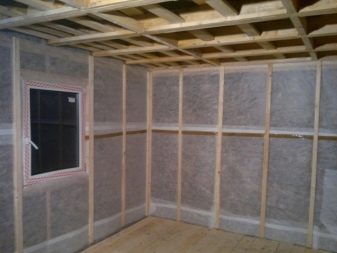
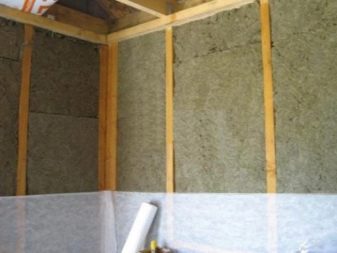
Installation of insulation
Expanded polystyrene plates or layers of mineral wool are inserted between the battens of the sheathing. The space between the sheets of insulation is closed with special overlays or thin pieces of the main heat-insulating material.
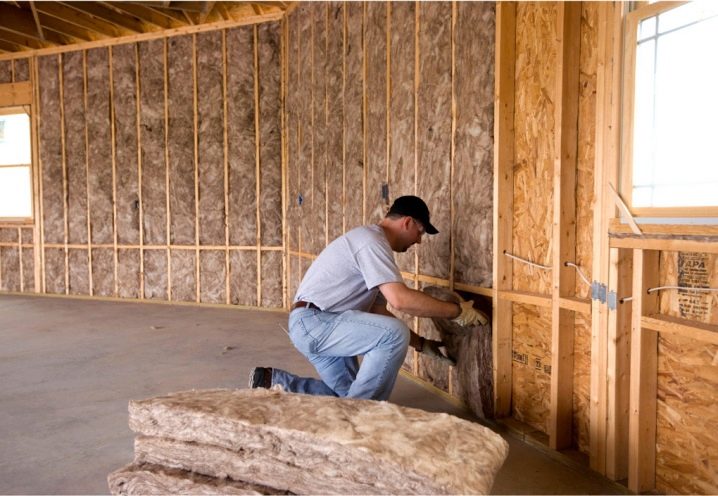
Fixing the vapor barrier
Another vapor barrier should be laid on top of the insulation. It can be fixed to a wooden crate with a furniture stapler, to a metal one - using construction tape (temporary fixation).
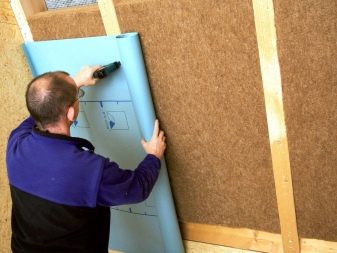
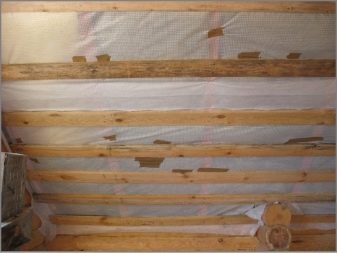
Frame sheathing
It is usually performed using drywall sheets, which are fixed to the frame profiles with self-tapping screws. The hats of the latter should be flush with the plasterboard surface or slightly drown.
A self-adhesive construction mesh is glued to the joints of the sheets. Next, the place of joints, the points of the caps of the screws are putty, after which the entire wall is covered with a putty compound.Apply the putty in several layers, waiting for the previous one to dry completely and grinding it with fine sandpaper.
After applying the finishing layer and sanding it with a special float, you can start finishing the surface with facing materials.
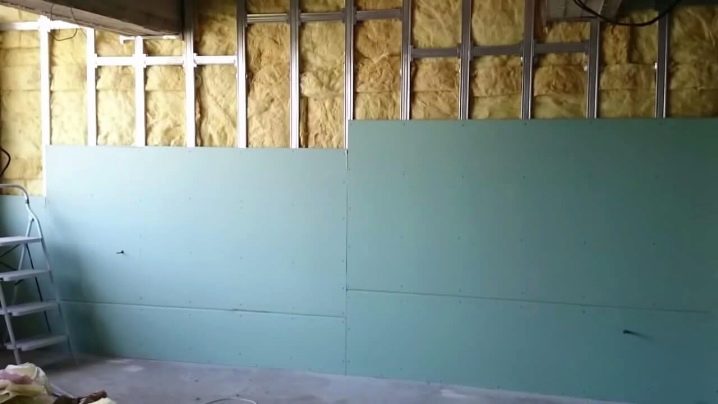
Tips & Tricks
When installing a wooden frame, it is necessary to pre-treat the logs with antiseptic compounds and fire retardants, which will reduce the fire hazard of wood and protect it from the destructive action of moisture.
If you need to drill holes for dowel-nails in a panel house, this can be done using a hammer drill with a victory drill.
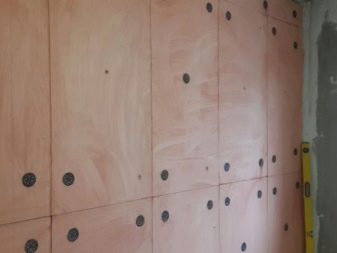

Sanding plasterboard covered with putty should be done in bright light. In this case, all the flaws will be noticeable.
When choosing a heat-insulating material, it is important to remember about its compatibility not only with decorative finishes, but also with wall materials. So, for brick surfaces the best option will be expanded polystyrene foam, for concrete - its extruded version or any other insulation with a foil layer as a vapor barrier.
You will learn more about insulating an apartment in the following video.












The comment was sent successfully.